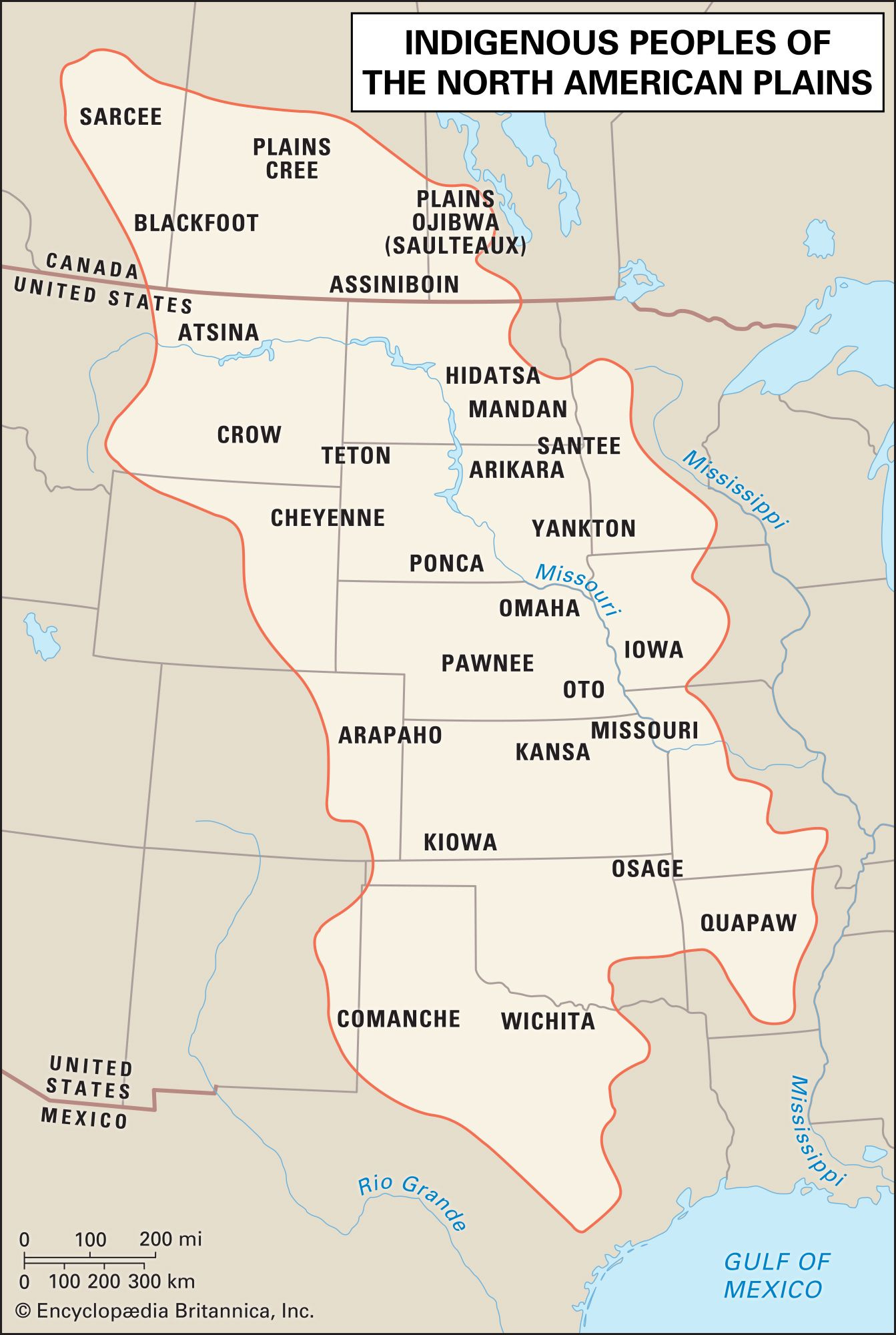The Sand Creek Massacre: A Legacy of Betrayal and Injustice
In November 1864, hundreds of Native American men, women, and children were brutally slaughtered by members of the U.S. military after they were lured to a fort under promises of false peace
Background
In 1864, as the Civil War raged in the east, a brutal battle in the west led to a massacre near Sand Creek in the eastern Colorado Territory. More than one hundred and fifty Cheyenne and Arapahoe Native Americans were slaughtered by members of the U.S. military.
Prelude to the Massacre
Long before the massacre, the West seethed with turmoil and skirmishes between the various native tribes and settlers. One underlying cause of the tension was the question of ownership.
Who controlled the Great Plains? To the Native American tribes, such as the Cheyenne and the Arapahoe, the lands were a sacred trust. They lived, hunted, and traveled these lands until settlers flooded the area, depleting their resources and encroaching on their way of life. Eventually, the government tried to take action to appease both sides.
In 1851, the Fort Laramie Treaty promised the Cheyenne, Arapahoe, and other native tribes ownership of a vast amount of land between the North Platte and Arkansas Rivers. It went eastward from the Rocky Mountains to western Kansas. It included parts of southeastern Wyoming, southwestern Nebraska, most of eastern Colorado, and western parts of Kansas.
Chief Black Kettle, a Southern Cheyenne leader, as well as other Native American chiefs, agreed to this solution to end the fighting.
The treaty also guaranteed safe travel for railroad surveyors, travelers, and construction crews to enter tribal lands. Behind this seemingly generous show of government support was a less charitable motivation – containment of the tribes on reservations or tribal lands. The idea of a treaty divided the tribes into “treaty” or “non-treaty” Indians.
By 1858, rumors of gold in the Black Hills – Lakota territory, and later gold discoveries near Pike’s Peak in the Colorado Mountains created more tension leading to more fighting. Miners poured into the area, depleting game and water resources.
They insisted that the military or government protect them from hostile tribes. The Native Americans waged war to defend their lands from this overwhelming surge of settlers. Deaths occurred on both sides in these bloody skirmishes.
Major Participants Involved
Chief Black Kettle:
One of the Native Americans who hoped for peace was Cheyenne Chief Black Kettle. A practical man, he came to see that the Native Americans could never hold out or fight against the mighty U.S. military forces or the surge of settlers.
Though he was in the minority opinion, he felt that continued hostility would only cause more harm and death to his people. To ensure their safety, he visited Washington, D.C., and met with President Lincoln. During their meeting, the President gave him a large American flag, which he would later fly at Sand Creek.
On February 8, 1861, Chief Black Kettle led a delegation of Cheyenne and Arapahoe leaders to accept a new treaty, the Treaty of Fort Wise. Sadly, this treaty reduced the size of the Native Americans’ original land grants to one-thirteenth of the previous size.
Many of the Cheyenne, Arapahoe, and other tribes refused to sign or even cooperate. They viewed it as a bad faith attempt by the U.S. Government to further take away from those that were branded as “non-treaty Indians.”

Governor John Evans:
Governor John Evans was appointed by President Lincoln in 1862 as the 2nd Governor of Colorado Territory. He was also placed as the Superintendent of Indian Affairs. Although he tried to understand the Native Americans, Evans’ foremost intention was to segment them all on reservations.
He wanted to connect the railroads through Colorado, a task that would have been almost impossible if the tribes had continued to kill the railroad surveyors or settlers coming into the territory. The citizens of Denver feared being overrun by hostile tribes. To prevent this, in August 1864, Governor Evans issued a proclamation.








